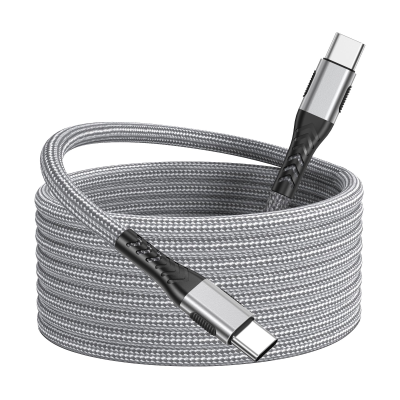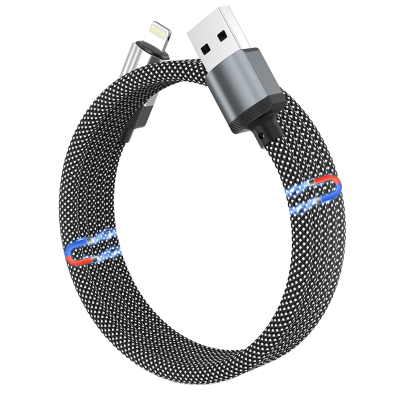How to Choose the Best USB Extension Cable for Your Needs
Selecting the right USB extension cable involves considering several key factors to ensure it meets your specific needs. Here’s a guide to help you make the best choice:
1. Determine the Cable Length
- Short Lengths (Up to 3 feet): Ideal for connecting devices that are close together, such as a USB keyboard or mouse.
- Medium Lengths (3 to 6 feet): Suitable for moderate distances, like connecting a printer or external hard drive.
- Long Lengths (6 feet and above): Best for extending connections across larger distances, such as across a room.
2. Consider USB Version
- USB 2.0: Supports speeds up to 480 Mbps. Suitable for basic tasks like connecting a keyboard, mouse, or printer.
- USB 3.0: Supports speeds up to 5 Gbps. Ideal for high-speed data transfer, such as connecting external hard drives or high-resolution webcams.
- USB 3.1/3.2: Supports even higher speeds (up to 10 Gbps and 20 Gbps, respectively). Best for advanced data transfer needs.
3. Check for Build Quality
- Cable Material: Look for cables with high-quality materials, such as nylon-braided or reinforced designs, for increased durability.
- Connector Type: Ensure connectors are gold-plated or well-shielded to reduce signal loss and improve longevity.
4. Evaluate Data Transfer Needs
- High-Speed Transfer: For tasks requiring fast data transfer, like video editing or large file transfers, choose a USB 3.0 or higher cable.
- Basic Use: For less demanding applications, such as connecting low-speed peripherals, a USB 2.0 cable may suffice.
5. Consider Shielding and Interference
- Shielding: Look for cables with good shielding to protect against electromagnetic interference (EMI) and signal degradation.
- Twisted Pairs: Cables with twisted pair construction can also help reduce interference and improve signal quality.
6. Look for Additional Features
- Reinforced Strain Relief: Helps prevent wear and tear at the connectors, increasing the cable’s lifespan.
- Flexible Design: Choose cables that are flexible and easy to manage to avoid tangling and damage.
Conclusion
When choosing the best USB extension cable, consider the cable length, USB version, build quality, data transfer needs, shielding, and additional features. By evaluating these factors, you can select a cable that perfectly suits your connectivity requirements and ensures reliable performance for your devices.








